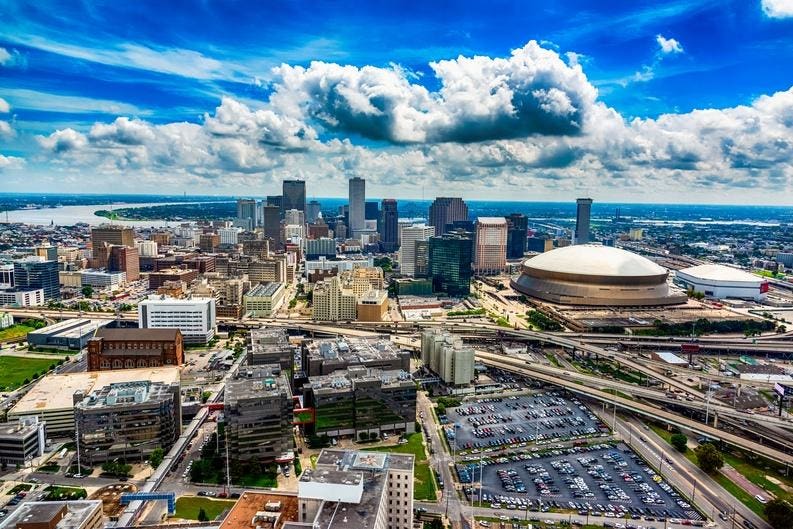New Orleans, Louisiana, is home to several of the most expensive ZIP codes in the state, which stands out even amid a general context of comparative economic hardship. The city’s downtown area, including significant landmarks like the Superdome, contains ZIP codes that reflect affluent neighborhoods despite Louisiana’s overall lower income levels. ZIP codes are especially insightful for analyzing economic characteristics as they can reveal hidden pockets of wealth within broader demographic challenges. This analysis explores the most expensive ZIP codes in Louisiana as of 2024, offering a deeper understanding of the economic landscape in the state.
Analyzing data from Zillow’s home value index and the 2023 American Community Survey, we identified the top 30 most expensive ZIP codes in Louisiana. The primary focus was on the median home values over the past year, particularly in September 2024, as well as 12-month averages, which provide a more comprehensive overview. The research indicates that these high-value ZIP codes are clustered predominantly in specific metropolitan areas, with a significant concentration in New Orleans. As we delve into the socioeconomic aspects of these ZIP codes, distinct patterns emerge that highlight the contrasts between wealth and poverty in Louisiana.
Leading the rankings is ZIP code 70115, which encompasses the southern part of New Orleans. This area boasts residential neighborhoods such as Freret and West Riverside. As of September 2024, the median home value in this ZIP code reached $496,667, demonstrating a slight decline from the previous year. However, the median household income is notably high at $91,672, with a mean income of $141,812, which underscores the affluence in this region relative to other areas in the state. The trends indicate that while home values have dipped slightly, the overall economic conditions remain favorable for residents in this ZIP code.
Following closely is ZIP code 70124, representing areas along the southern shore of Lake Pontchartrain and including neighborhoods such as Lakeview and City Park. This ZIP code recorded a median home value of $490,653 in September 2024, also showing a decline year-on-year. However, incomes in this area are even higher, with a median household income of $113,525 and an average of $166,557. This wealth is complemented by a relatively high family income, demonstrating that these neighborhoods maintain a robust economic standing despite fluctuations in real estate values.
ZIP code 70130 ranks third, occupying parts of New Orleans that include notable landmarks like the National WWII Museum and the Garden District. Its median home value was $412,172 in September 2024, marking a decline similar to the leading ZIP codes. Incomes in this area are substantial, with median household earnings at $78,674 and an average of $120,506. This ranking highlights a trend of diminishing home values across these affluent neighborhoods but reinforces an ongoing pattern where high earning potentials persist despite external economic pressures.
The overarching trend among the most expensive ZIP codes in Louisiana showcases a significant divergence from the general trajectory of home value appreciation within the state. This division began before the COVID-19 pandemic and was evident as early as 2016-2017. The dominance of the New Orleans metropolitan area in our analysis is striking; it houses all of the top 25 most expensive ZIP codes. Aside from a few entries from the Baton Rouge and Shreveport metro areas, such as ZIP codes covering Geismar and Stonewall, New Orleans remains a nexus of wealth and economic activity in Louisiana.
In conclusion, the analysis of the most expensive ZIP codes in Louisiana reveals a landscape marked by affluence within urban settings amidst broader socio-economic challenges faced by the state. The ongoing trends suggest resilience and potential growth in property values in these areas, despite periodic declines. The identified pockets of wealth not only offer insights into the economic diversity within Louisiana but also raise questions about the sustainable growth of these neighborhoods as they navigate the broader economic landscape. Understanding these dynamics is crucial for policymakers, investors, and residents alike as they consider the implications of fluctuating home values and income disparities in the state.

